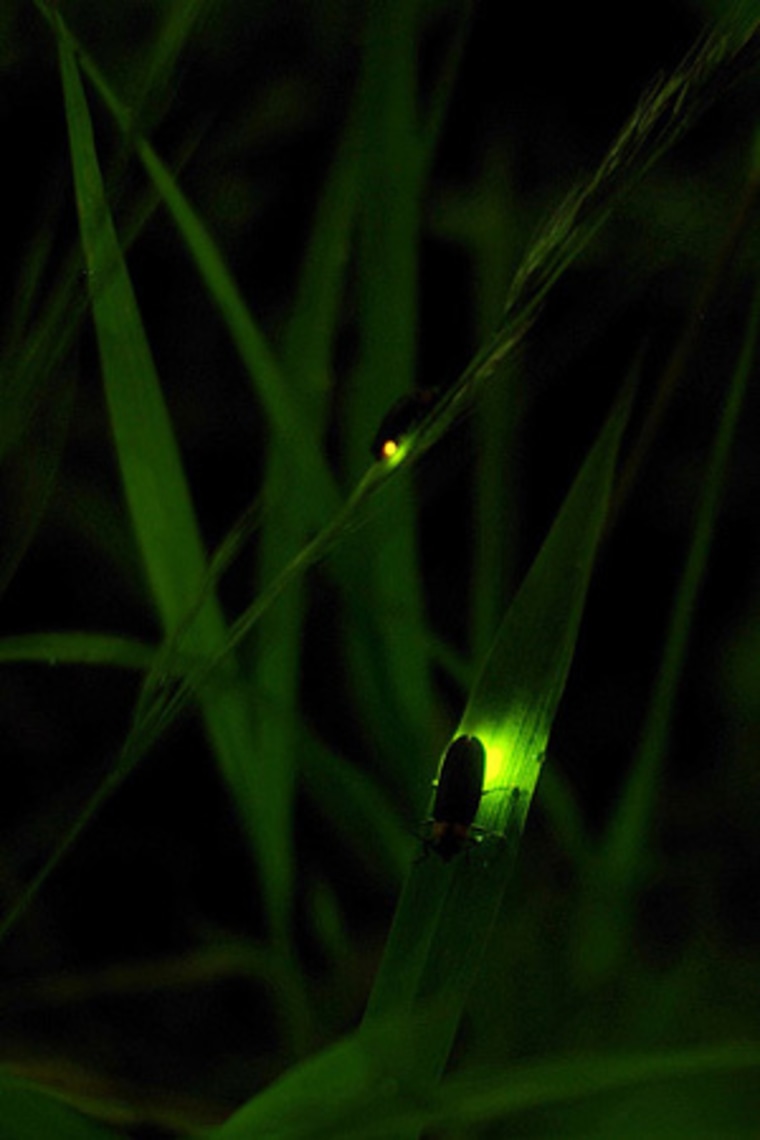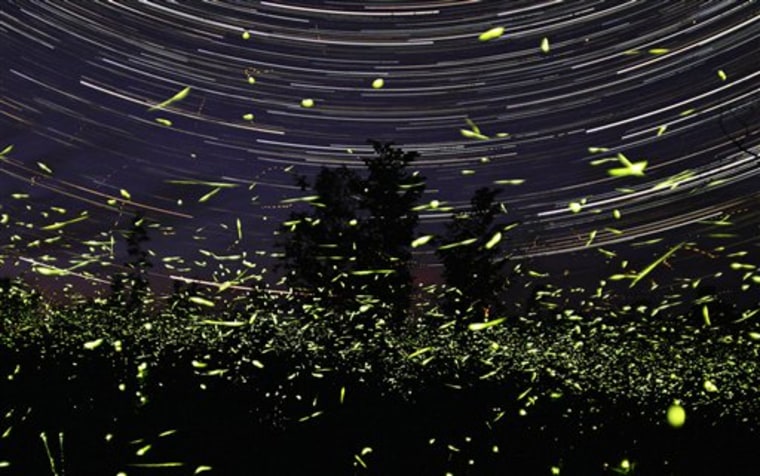It's an idyllic scene: The sun has set and the sky is slowly deepening from blue to indigo, and you're sitting on the porch watching dusk fall. All around you, tiny lights begin to twinkle… or do they? If you stop to really look, you might notice that there are fewer fireflies lighting up your lawn than there used to be. It's not your imagination; fireflies are actually disappearing from many locations around the country and world.
"That's sad," you may be thinking, "but what does it have to do with Local Discovery?" Well, that's where the Boston Museum of Science's Firefly Watch program comes in. Started 3 years ago by Don Salvatore in collaboration with local scientists, the program recruits citizen scientists to help collect and analyze data around the country. You don't need to have a degree in entomology to participate, so read on to see how you and your neighbors can help
About the program
The Museum of Science has teamed up with researchers from Tufts University and Fitchburg State College to study these disappearing insects. Sign up as a citizen scientist to collect data about the fireflies you see in your area as well as information such as light pollution, pesticide use, and other factors that may be affecting fireflies. Scientists and other researchers then use the compiled data to try to find patterns, possible causes, and potential solutions to the problem.
How to participate
Participating in the Firefly Watch is incredibly easy. You don't have to be a trained scientist or even have a yard! All you need is 10 minutes one evening a week to go out to any yard, field, or area where fireflies are normally seen, and then a few more minutes to enter and upload your observations.
The first step is to register on the website. Create a username, choose a password, and log in. Then answer a brief series of questions, such as the ages of the people in your group. Choose a name for your habitat (such as "Our yard" or "Greenbrier Elementary School playground"), and find it either by navigating on the map or entering the street address.
You'll be asked to provide a brief description of your study site. This provides information such as what type of vegetation is present, whether the grass is mowed and fertilized, what sort of trees are nearby, and other details that help scientists get a clearer picture of the fireflies' environment. Don't worry, you only have to provide all this information once!
Go forth and count!
When you make your observations, you fill out an easy observation sheet that asks for things such as the date and time of your observation, environmental factors like temperature, precipitation, and winds, and details about the fireflies you saw (or didn't see). Then click Submit, and you're done! The data you've collected will be cataloged and added to the observations of hundreds of other scientists around the country.
Not sure what to look for? Check out the Virtual Habitat for an interactive tutorial on the habits of fireflies. You'll learn about the different colors that the insects display, what the various flash patterns mean, and how different fireflies act in different locations.

Why count fireflies?
Science is a powerful thing, but it's impossible for scientists to be everywhere at once. Especially with populations of insects such as fireflies that tend to thrive more in rural areas, it's incredibly helpful for scientists to get a broader picture of where those populations are, how they're behaving, and how they might be changing over time. Firefly Watch also makes all of the data it's collected available online, so if you've a penchant for number crunching and playing with charts, feel free to take a stab at interpreting it yourself!
Get the gang together for a counting party
Looking for an excuse to get to know your neighbors? Organize a firefly counting party! Gather up the neighborhood once a week for a late evening barbecue and then take a walk through the neighborhood, making and recording observations in each yard. It's a great way to get kids interested in science and get some fresh air at the same time.
Don't forget to wear bug spray to repel mosquitoes (but don't pick up fireflies if you have bug spray on your hand, since it can hurt them!), and watch out for ticks, especially if you're walking through long grass. Since fireflies are affected by the white light from flashlights, tape a piece of blue cellophane over your light. You'll still be able to see, but your light won't bother the bugs!
More from Tecca:
